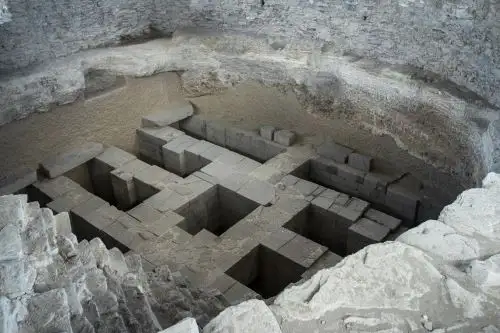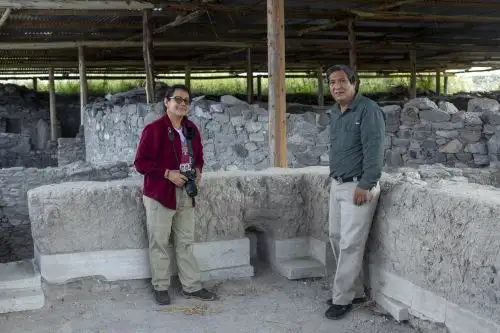08:35 | Ayacucho (Ayacucho region), Oct. 2.
The Wari Complex is one of the most important archaeological sites in southern Peru. Although only a small part of its actual size is known, it has become a tourist attraction drawing a growing number of domestic and foreign visitors, who are amazed by its impressive architectural design and the discoveries that testify to the grandeur of ancient Peru.
Where is this remarkable monumental complex located, and which pre-Inca culture built it? What are its characteristics? Why is it notable? When was it declared a National Cultural Heritage site? Which archaeologists have studied and currently study it?
Where is the Wari Complex located, and why is it notable?
This archaeological site, located in Ayacucho region, was the capital of the Wari culture, which developed between 600 and 1100 AD.
It became the first Andean empire and is considered the most complex expression of Andean urbanism.
The complex is located 22 kilometers northeast of the city of Ayacucho, at an altitude between 2,600 and 2,900 meters above sea level.
It covers an area of 2,200 hectares, making it one of the largest urban centers of ancient Peru.
What are its architectural features?
This city was built on a sloping plain between the Pacaycasa and Taranayco ravines and features high walls that in some cases reach seven meters in height.
It consists of plazas, streets, platforms, and aqueducts, which form various sectors known as "neighborhoods."
The main buildings are located in the central urban core, which covers around 400 hectares.
The constructions in Wari City are made of stone and mud, coated with a fine plaster and mostly painted in red and white.
Among its urban structures are Vegachayoc Moqo, the Main Temple, Mongachayoc, Cheqo Wasi, Turquesayoc, Capillapata, and Canteron, among others.
Among them, Mongachayoc stands out. It is a mausoleum built with finely carved stones that form compartments oriented toward a central space, located 8 meters deep within a D-shaped architectural structure.
Underground galleries were also discovered here, featuring ceilings made of large single-piece stone blocks and walls covered with elongated slabs like cladding, as well as stone-carved pipes that are believed to have been used to transport water to the city.
Archaeological research indicates that this site was used for funerary purposes, as it contains mausoleums, underground galleries, a sunken courtyard, and pits.

Another cultural element that, in a way, helps define the extent of Wari's urban area is rock art, manifested in petroglyphs and small circular pits carved into various stones and rock outcrops located on the outskirts of the area.
The Wari archaeological complex is an ideal place for those interested in the history of ancient Peru. It features a Site Museum, where cultural artifacts from the excavations in the monumental archaeological area—such as ceramics, lithic objects, textiles, and monoliths—are on display.
National Cultural Heritage and site researchers
The Wari archaeological site, declared a National Cultural Heritage, has been studied since the early 20th century by notable Peruvian archaeologists such as Julio Cesar Tello and Luis Lumbreras, as well as by U.S. researchers John Rowe, Donald Collier, Gordon Willey, and Wendell Bennett.
From 2011 to the present, this site has been studied by archaeologists Jose Ochatoma and Martha Cabrera, directors of the Ayacucho Regional Institute of Archaeological Research and the Wari Archaeological Research Project. It is supported by the National University of San Cristobal de Huamanga.

(END) LZD/MAO/MVB
Publicado: 2/10/2025